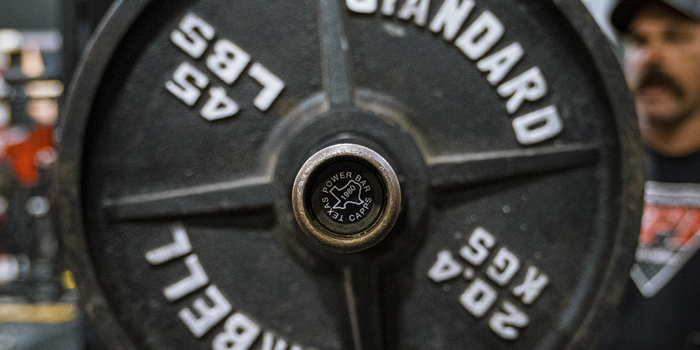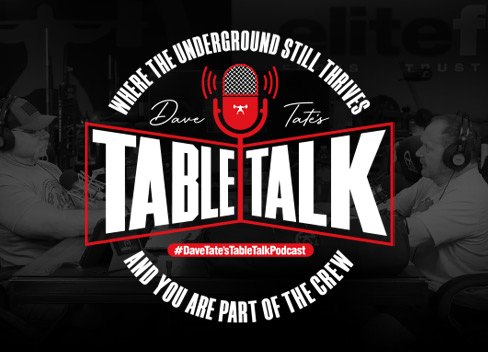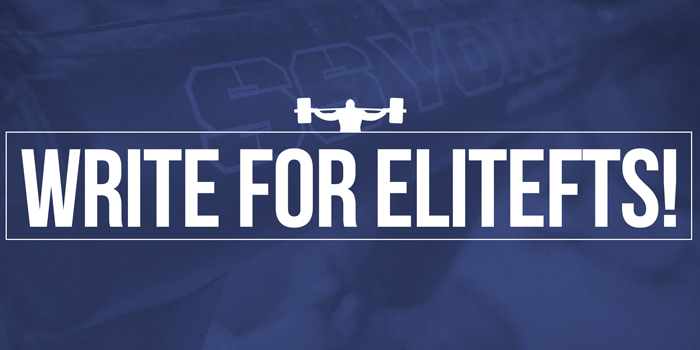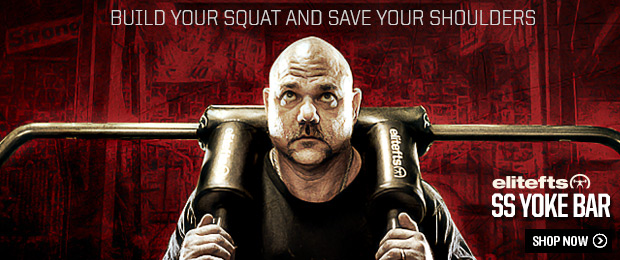
You are reading this, which makes it safe to assume you have been dean to the iron. All of us start for varied reasons, and we will learn more from starting, both about the Iron Game and much more about ourselves. How I came to lifting is different from most. I did not grow up playing sports; there was not a martial arts class my parents put me into, and I had no desire to compete in anything. I was eight years old, shy, and left alone in front of a television most of the time. Every superhero cartoon and comic book character had a muscular physique. So did every pro wrestler of the 80s, who had an influence on me as well. They had more than just an imposing figure; they had confidence and charisma. I wanted that more than anything as an introverted eight-year-old.
Lessons You Learn From Life-Long Lifters
It begins there. I told my mother I wanted to look like them, so I needed weights. We went off to the Sports Authority after a few weeks of annoying her about it. I got a starter kit bar that had plastic weights filled with cement. It weighed all of 44 pounds in total. Some of you may be old enough to remember this weight set. I also got eight-pound dumbbells. I had no idea what I was doing, but I was determined to be imposing. Every day, I did push-ups, upright rows, and concentration curls because that was literally all I had ever seen. The enthusiasm waned, of course, because I did not know enough to do more, and I was not guided by anyone or anything. I hit boredom from lack of progress.
Fast forward a few years to when my older brother, Eric, became enamored by bodybuilding. It was to the point that he bought every bodybuilding magazine available each month. At thirteen years old, I started reading every one of them from cover to cover. He would bring me to the gym with him, and I would do the listed routines, but still with no guidance and, unfortunately, no consistency because I depended on when he wanted to go or bring me. It was a start! I loved the pump, I loved the burn, and I loved people who were complete strangers encouraging me. Despite reading the fitness magazines, cover to cover each month, I still knew absolutely nothing. Education is vastly different than application. However, I was about to get the wake-up call and role model I needed.
Lesson 1: Shut Up and Listen
My brother moved on to road cycling. It was only possible to get to the gym once my mother decided she needed to go and get in shape. I was consistent again, and I did what any 15-year-old boy would do—the Arnold six-days-a-week push/pull/legs split. I did not miss a single day, and it was apparent that I had decently strong legs. The man my mother met and began dating was huge! Pro wrestler huge at 6'7 and 280 pounds lean. He took notice of my leg strength, and I was invited to become his Wednesday leg day partner. I was given an endearing nickname (sarcasm) for "Meat," which was shouted at any time he spoke to me.
I was to learn what work was and what the pecking order was. This is how you start along the way. You meet someone who knows more and who has done this longer.
Lesson 2: Your Not Done Until the Work is Done
Rob was a high-volume guy—four sets of everything. And everything included workouts like lat pulldowns, behind-the-neck lat pulldowns, close grip pull-downs, seated rows, one arm rows, and DB or machine pullovers. That was followed by biceps done the same way. You can imagine what leg day looked like, and I would literally have to crawl from my car to home from cramping at times. I loved it so much that I got up at 6 am to drive an hour to Miami to train with Rob six days a week every summer from 16 to 18 years old. I also graduated from "Meat" to "T" and shouted emphatically.
Lesson 3: Find the Hardest Workers
I had a mentor, I had consistency, and I was now reading more about strength rather than bodybuilding, but my beliefs were about to be challenged. Eddy was a velodrome sprint cyclist, and he was even a silver medalist at the national championship for his sport. He squatted every Sunday morning, except Eddy had weird-looking clog shoes. They were weightlifting shoes with a heel, and he squatted high bar and ass to grass. I had read articles from Louie Simmons about how wide-stance squatters could squat the same as narrow-stance squatters but not the other way around. I was routinely squatting 545-565 pounds for a few reps every week and Eddie would do pause squats with 405 pounds.
One day, he asked if I would like to squat with him and try his way. If you have not guessed yet, I got buried by 405 pounds in the hole. I was only strong one way but not the other. You only think you work hard until someone pushes you. Find the hardest workers and rise to their level.
Recent: The Seven Habits of Ineffective Lifters
Lesson 4: Strength is Specific to the Task and Demands
I would spend the next year alternating narrow and wide squats and I went from 565 pounds to 585-600 pounds, albeit gym-high, and I was still green in my eyes. Eddy would also introduce me to resistance with bands back in 1998.
My next evolution would take a few more years. I had begun training and competing in strongman competitions. I mostly acquired knowledge through the internet and DIYed much of the equipment until I got the opportunity to train with Heath Allison. Heath was a heavy-weight pro who lived about 35-40 minutes away, and every Saturday from 12-3:30 pm or so, we trained at his home as a group.I learned two distinct lessons from Heath.
The first lesson was that training is competition. We competed against each other and invited competitors down to train with us often to beat someone else in something. If you were not competitive in training, you would likely not be competitive in competitions. This took away any nerves by competition time.
The most important takeaway from my time with Heath was "JUST GET STRONGER." It was a simple answer to every question from a lifter when they missed something. The reality is if you were strong enough to do it, you would not have missed it.
Lesson 5: Get Stronger
I decided to compete in both strongman and powerlifting simultaneously during this time. I am audacious enough to think I could do both a week apart. But, I made neither competition and spent time in the hospital instead. While rehabbing, I was invited to a local CrossFit gym to train with their new weightlifting coach. He was not excited to teach a neophyte and made it very known he was unhappy to do so. When I muscle snatched 10 pounds above what the best male Crossitter there had snatched, he got excited. Here, I learned that strong was not enough—I needed to be technical and mobile, too. You can be the strongest person in the room, but someone with better technique could beat you because they could display their strength better.
Lesson 6: Learn Every Possible Way to Move Under a Bar
This has been paramount in the versatility of athletes I have been able to coach. There are many ways to lift and teach.
I had rehabbed to a point through weightlifting that I could squat again. Learning to hook grip had made it so I could deadlift again as well. I took this time to really work on and develop my sumo deadlift, which took tremendous pressure off my lower back. I was riding a high by doing what doctors said I couldn't, and I was competing again and winning. But I clearly had not been humbled enough by the back injury. In one year, I had competed in 11 competitions, including weightlifting and powerlifting. In the very last completion, I tore my hamstring on my last deadlift. I was six weeks out from RUM 9, and I was devastated. I could not do sumo or conventional deadlifts, but I could Hackenschmidt deadlift with the bar behind my back.
So, for the next four weeks, that is what I did. One week out, I tested sumo as I was healing. To my surprise, I pulled 611 pounds on mainly one leg. I lowered my opener, stayed in the meet, and somehow even won my weight class. If you are staring at the problem, you will never see the solution. By focusing on what I could do, I could achieve not just staying in the competition but winning my class as well.
Lesson 7: You Are Not Your Total
The most valuable lesson to date has been this: "You are not your total." For years, I identified as a competitor in three different strength sports disciplines. Through injuries or life setbacks, I showed up and gave all I had that day, but I became trapped in the thinking that was all that mattered. The reality is I am and you are much more than your competition numbers. I am a father, a coach, a friend, and a mentor to many. My impact can be seen by thousands who have saved tutorials from my social media, fellow coaches I have coached, seminars I have given, and the never-ending pursuit of Live, Lean, and Pass On. That is something I have lived well before I contributed to EliteFTS. It is what every person listed above did to help teach me and now others.
Lesson 8: Give Back to the Community
Lesson eight is to give the community just as much as you get from it. The sport will be bigger and better for it.
Trevor Jaffe has been a competitive strength athlete for over 18 years. He has received first place finishes in strongman, weightlifting, and places his primary focus on powerlifting. With top lifts of a 683 pound squat and an 815 pound deadlift, he has totaled International Elite in three weight classes (181, 198 and 220). Trevor currently has coached over 27 all-time world records with eight separate athletes - Dallas Norris, Jenn Rotsinger, Ashley Garcia, Phil Herndon, Jordan Wong, Stacy "Bama" Burr, Danny Misencik, and as an ATWR holder himself. At the time, Stacy had set the highest ever Wilks score for powerlifting across both male and female athletes, as well as federation, world, national, and state records.
Trevor currently holds the masters ATWR total for 181 and deadlift, the 198 and 220 class ATWR deadlift as well. Affectionately known as "the deadlift whisperer" for his ability to improve this specific lift, Trevor is also known for his ability to improve a lifter's mechanics and technique leading to larger totals in a short time frame and significantly prolonging an athletes competitive career. Trevor is also the host of "Conversations with Coaches," a weekly interview series with coaches across various strength fields.











